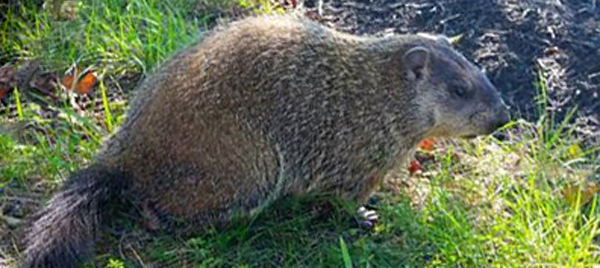- info@wildlife-removal.com
Call us for help in your town
Wildlife Removal Education
Equipment You Need to Trap a Groundhog
Need groundhog removal in your hometown? We service over 500 USA locations! Click here to hire us in your town and check prices - updated for year 2020.
Trapping is an old practice in groundhog control and it is a highly successful method with great testimonials. There are two types of traps commonly available for catching nuisance animals, and they are the live and lethal traps. As the names indicate, one traps animals alive and the other does terminate their lives.

In order to trap a groundhog, the basic equipment is a trap. There are three types of traps for this purpose:
1-door live trap– as the name implies, the one door live trap has only one door through which the groundhog enters in, after this the trap’s trigger goes off and the door will close on the animal, trapping it in. usually, the trap is a box cage that is large enough to contain the groundhog without hurting it until it is set free. The bait used for this type of live trap should be placed at the end of the trap after the trigger plate so that it is impossible to remove the bait without touching the trigger point of the trap.
2-door live trap– this trap features two doors through which the groundhog can easily walk in. Place your bait around the trigger plate as well, and this should be far enough from the entrance to accommodate the woodchuck’s whole body before the door shuts on it. You should also make sure the groundhog cannot eat the bait from outside of the trap.
Lethal traps- The goal of a lethal trap is to kill the groundhog once it is caught. Most groundhog lethal traps are body grip traps that will snap around the animal once it steps on its trigger pan. It will be killed quickly without suffering too much. Examples of lethal traps are Conibear and BMI body grip traps.
Rubber Gloves– It is important to wear these as the groundhog is sensitive to human scents. Handling the trap with bare hands would leave a scent on it and the animal would not go near this trap. In fact, the trap should be washed before use to remove any previous human scents on it as well.
Bait- Use ripe fruits or nutrient rich vegetables as your bait, although groundhogs are likely to eat anything you use; they are hardly picky when it comes to feeding. Bananas, broccoli, lettuce leaves, sunflower seed, peanut butter, apples and corns are all good baits.
Go back to the Groundhog Removal page.


















